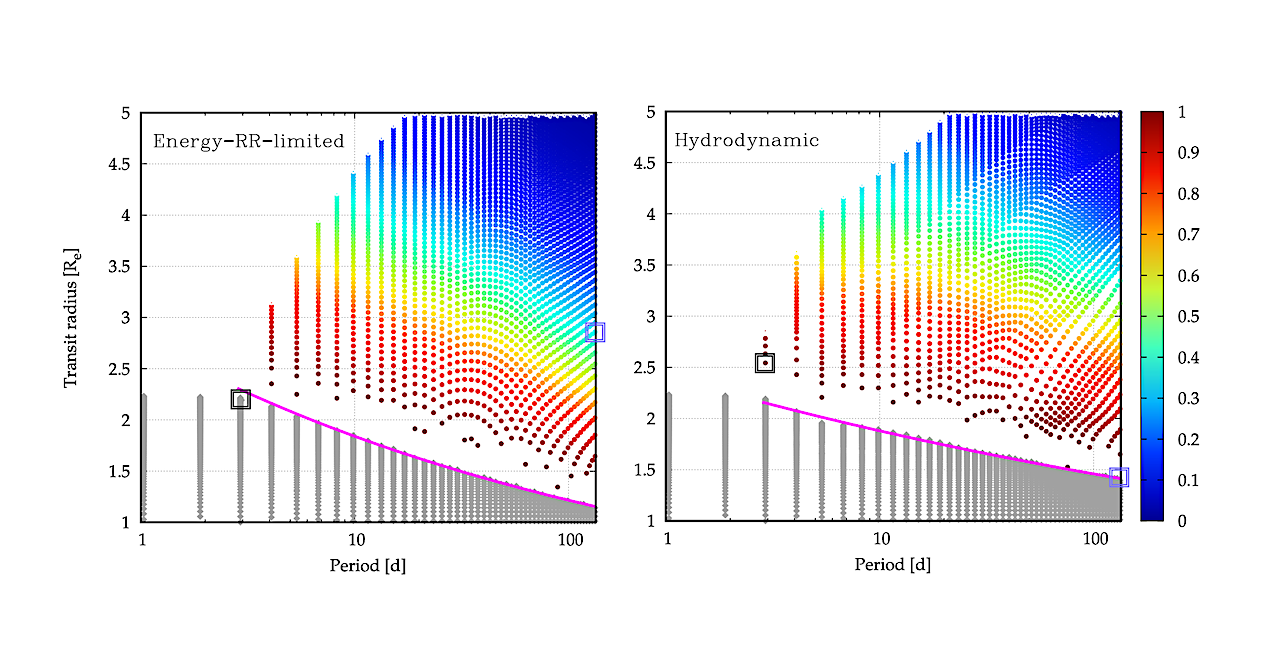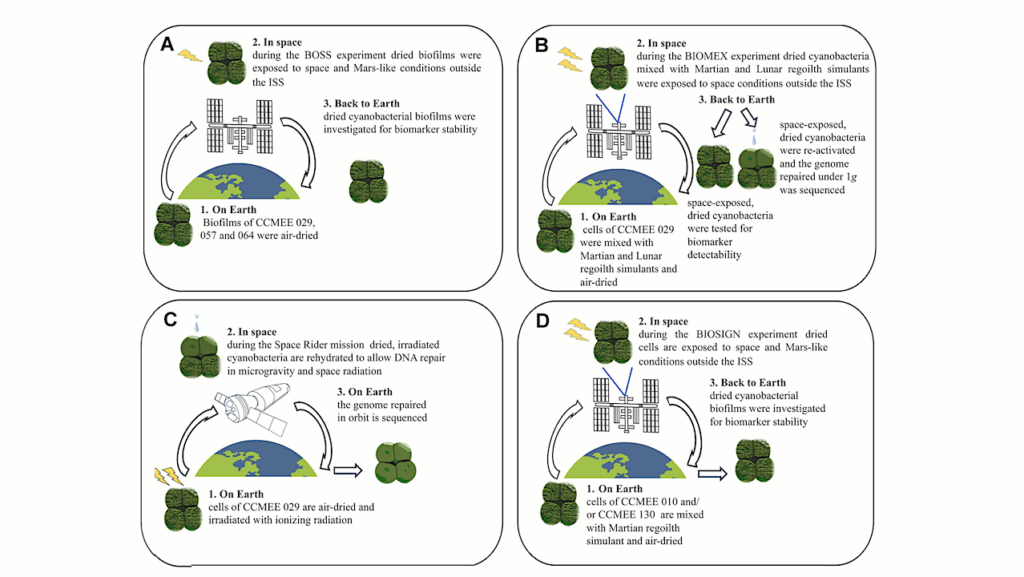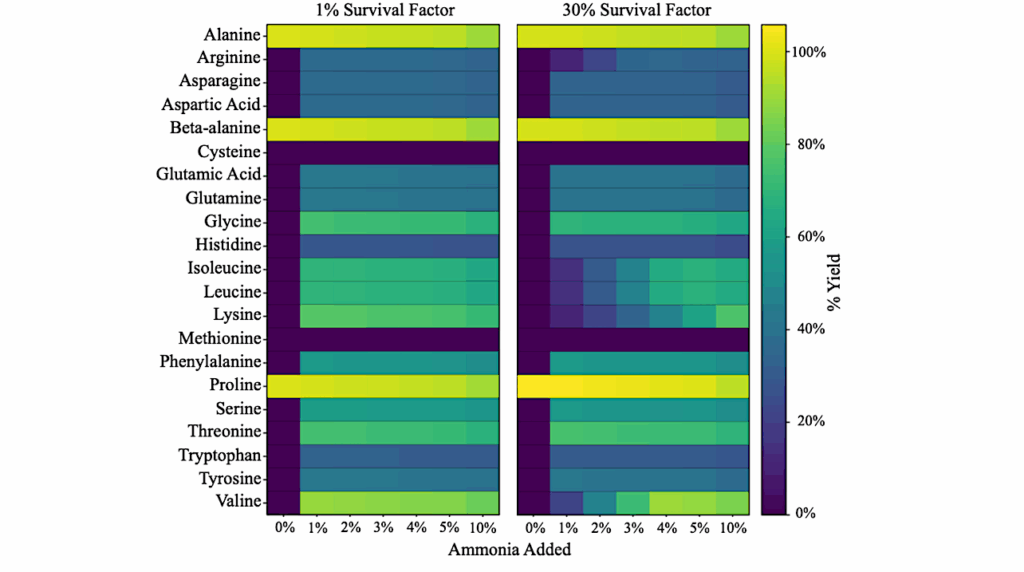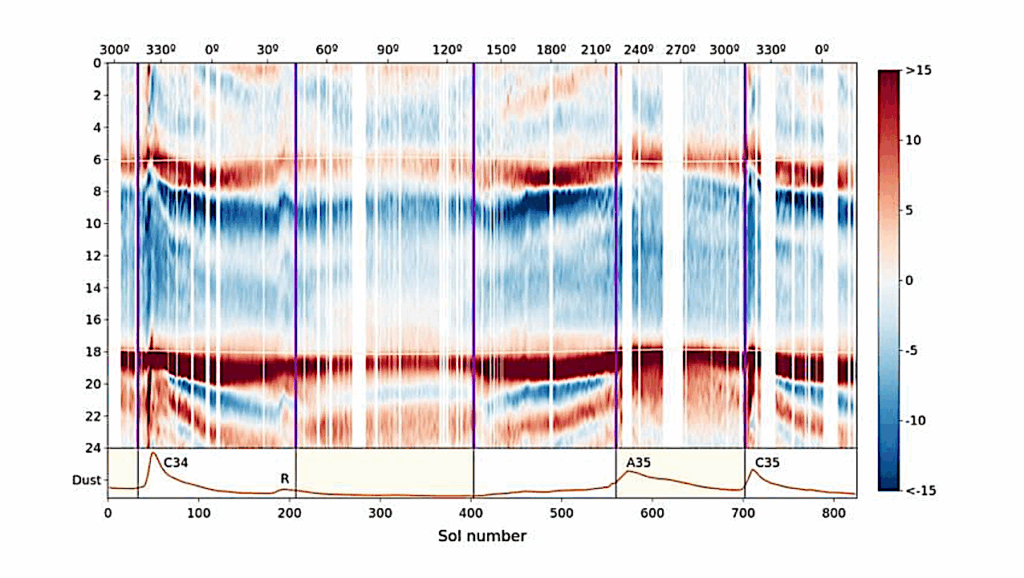Planetary Evolution With Atmospheric Photoevaporation II: Fitting The Slope Of The Radius Valley By Combining Boil-off And XUV-driven Escape

The Kepler satellite has revealed a gap between sub-Neptunes and super-Earths that atmospheric escape models had predicted as an evaporation valley.
We seek to contrast results from a simple XUV-driven energy-limited (ELIM) escape model against those from a direct hydrodynamic (HYDRO) model. Besides XUV-driven escape, the latter also includes the boil-off regime. We couple the two models to an internal structure model and follow the planets’ temporal evolution over Gyr.
To see the population-wide imprint of the two models, we first employ a rectangular grid in initial conditions. We then study the slope of the valley also for initial conditions derived from the Kepler planets. For the rectangular grid, we find that the power-law slope of the valley with respect to orbital period is -0.18 and -0.11 in the ELIM and HYDRO model, respectively. For the initial conditions derived from the Kepler planets, the results are similar (-0.16 and -0.10).
While the slope found with the ELIM model is steeper than observed, the one of the HYDRO model is in excellent agreement with observations. The reason for the shallower slope is caused by the two regimes in which the ELIM model fails: First, puffy planets at low stellar irradiation. For them, boil-off dominates mass loss.
However, boil-off is absent in the ELIM model, thus it underestimates escape relative to HYDRO. Second, massive compact planets at high XUV irradiation. For them, the ELIM approximation overestimates escape relative to the HYDRO case because of cooling by thermal conduction, neglected in the ELIM model.
The two effects act together in concert to yield in the HYDRO model a shallower slope of the valley that agrees very well with observations. We conclude that an escape model that includes boil-off and a more realistic treatment of cooling mechanisms can reproduce one of the most important constraints, the valley slope.
Lukas Affolter, Christoph Mordasini, Apurva V. Oza, Daria Kubyshkina, Luca Fossati
Comments: 20 pages, 11 figures, accepted to A&A
Subjects: Earth and Planetary Astrophysics (astro-ph.EP)
Cite as: arXiv:2307.02566 [astro-ph.EP](or arXiv:2307.02566v1 [astro-ph.EP] for this version)
https://doi.org/10.48550/arXiv.2307.02566
Focus to learn more
Submission history
From: Christoph Mordasini
[v1] Wed, 5 Jul 2023 18:05:05 UTC (6,813 KB)
https://arxiv.org/abs/2307.02566
Astrobiology








